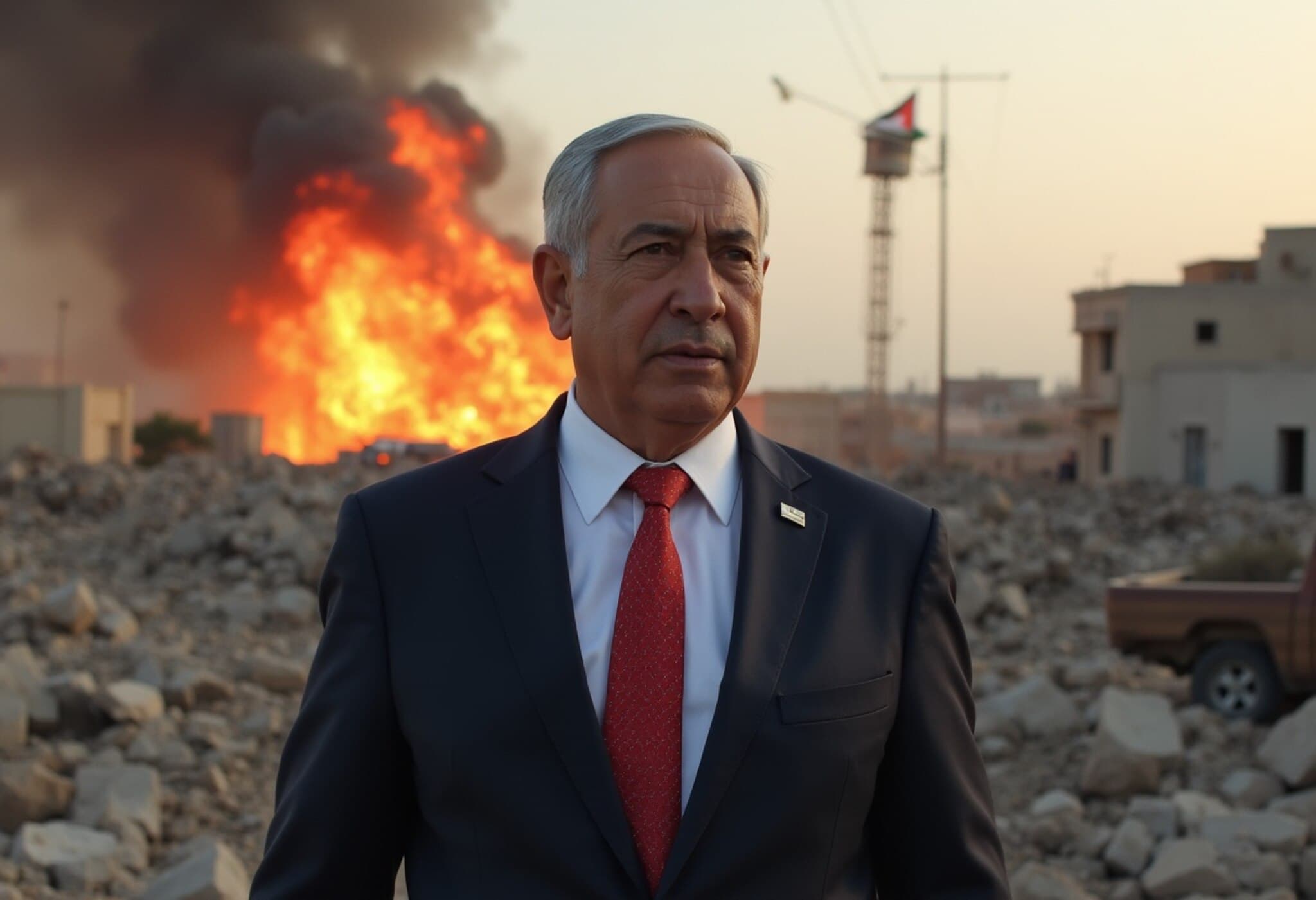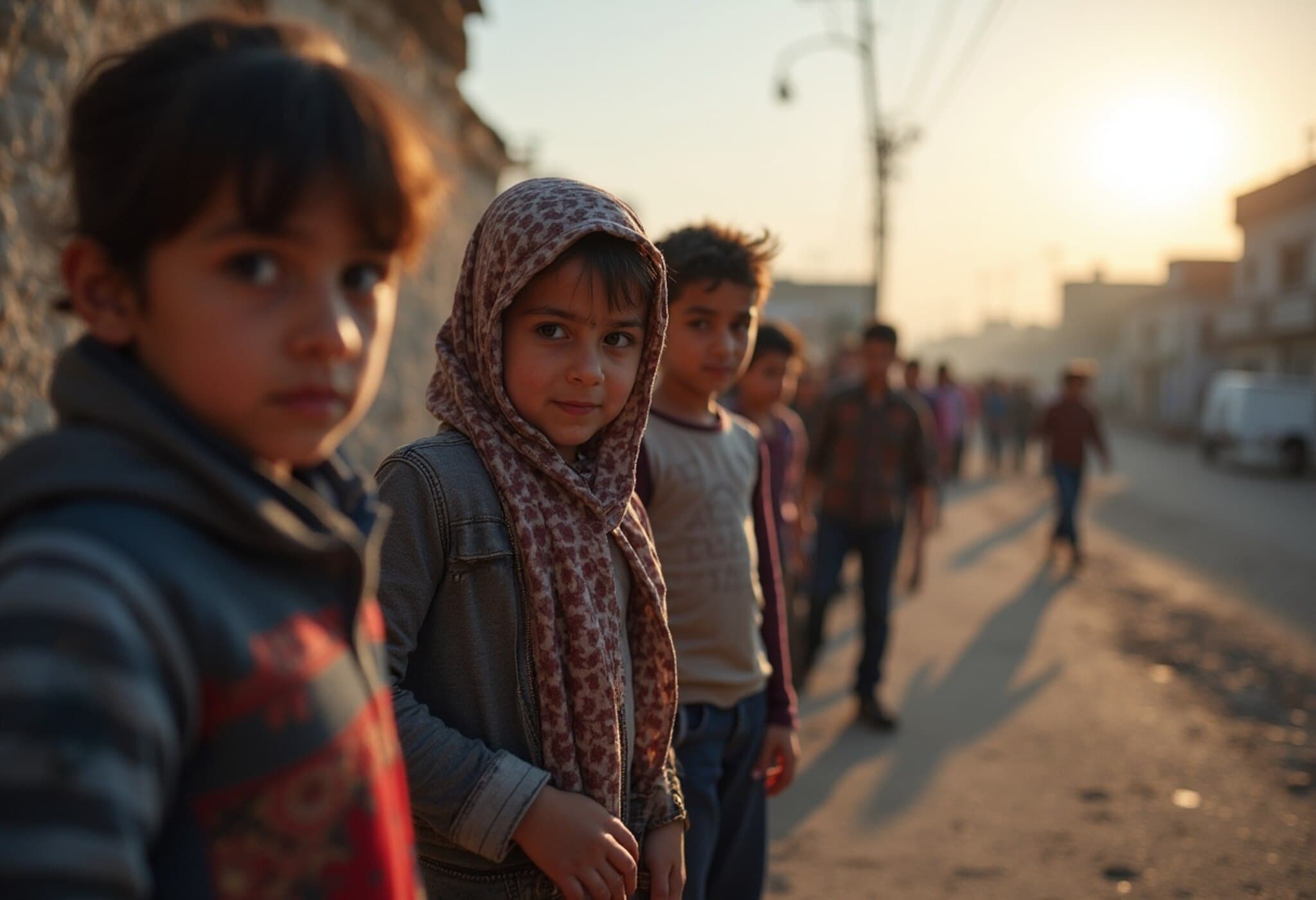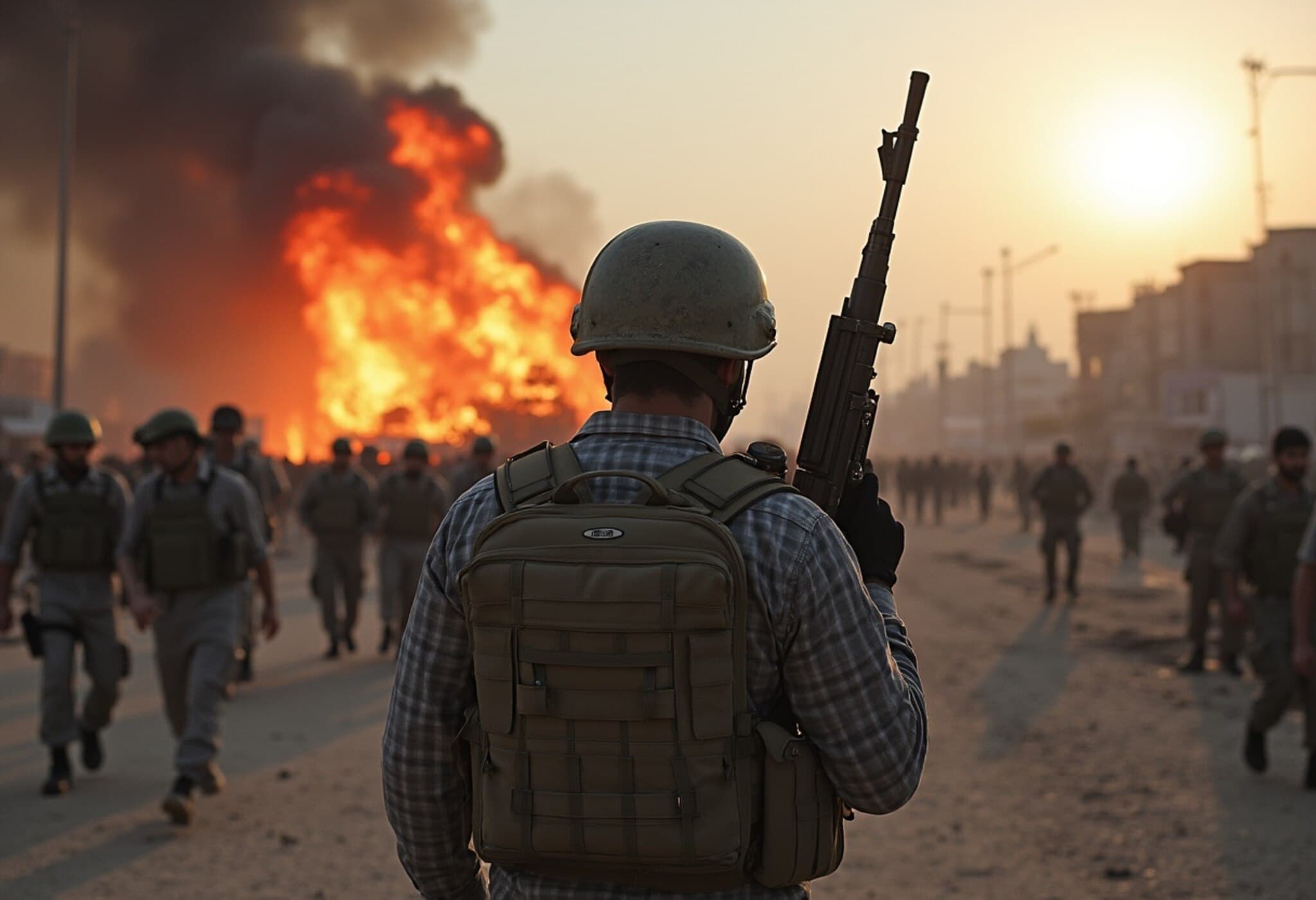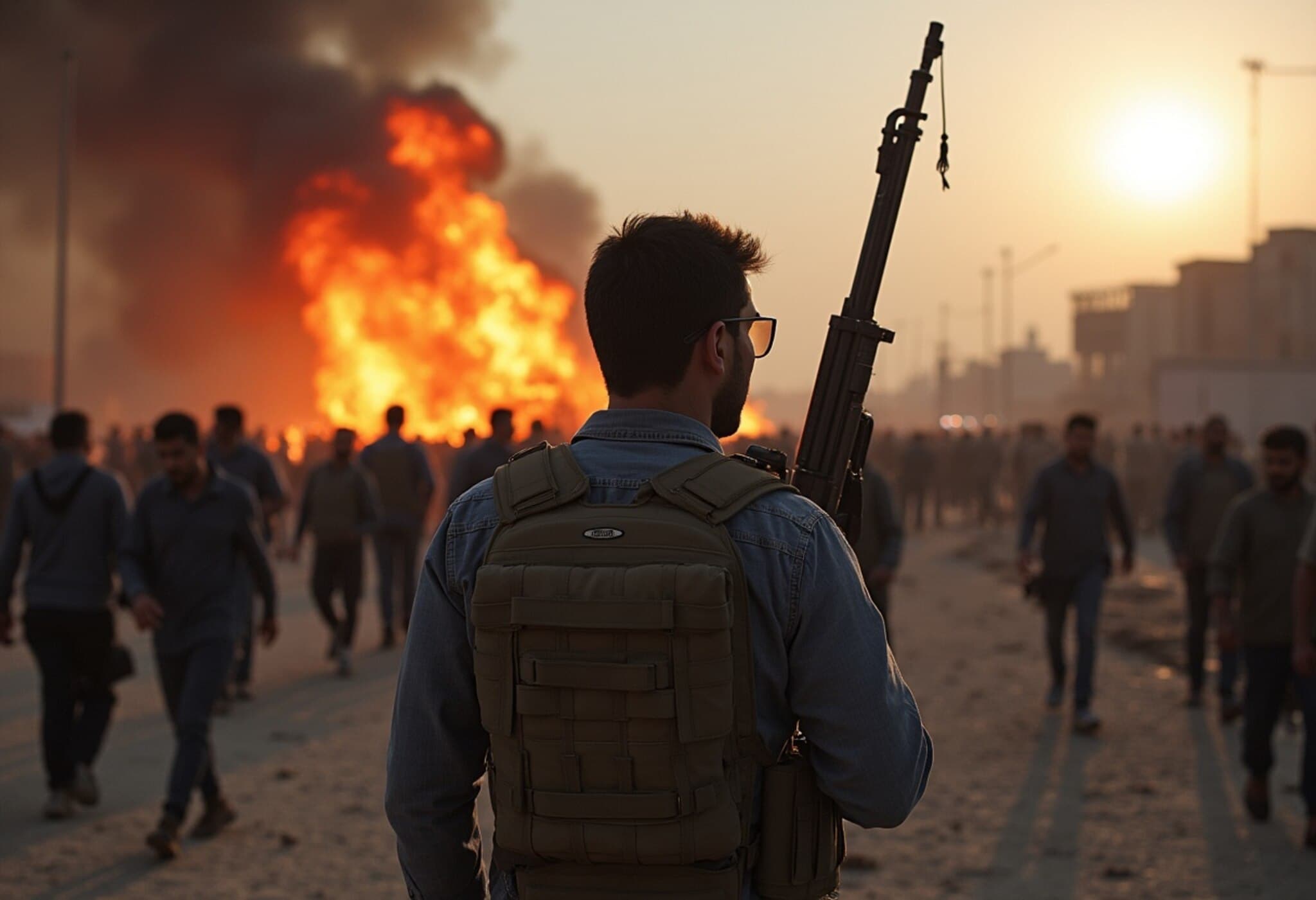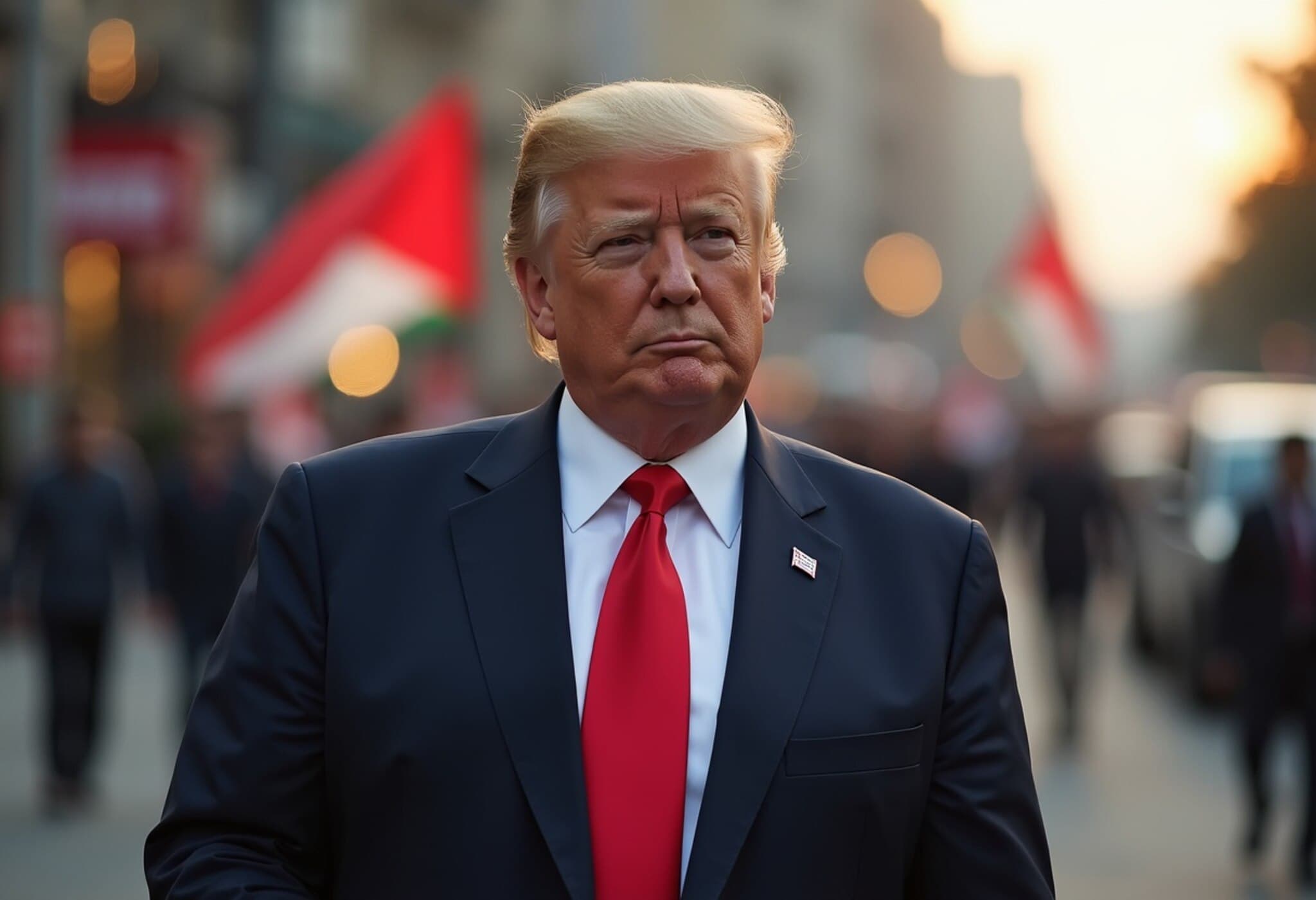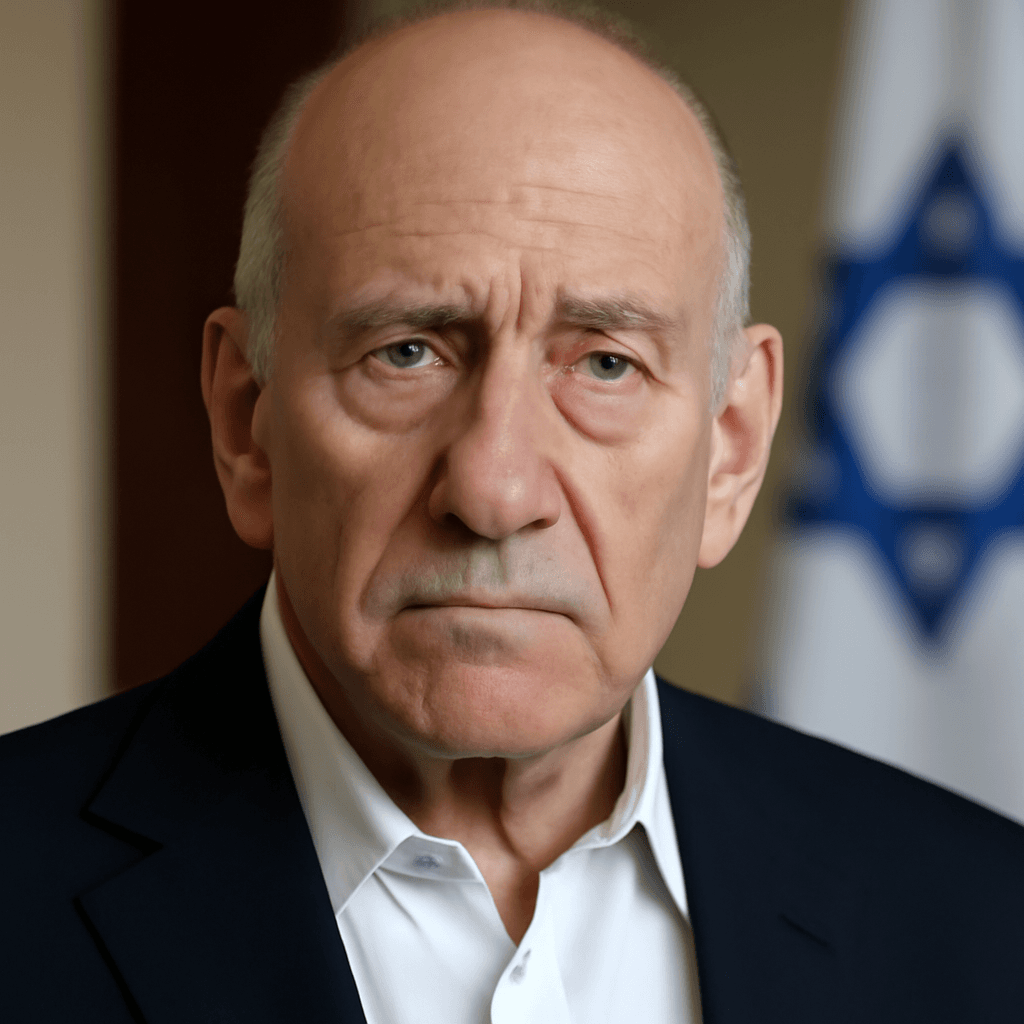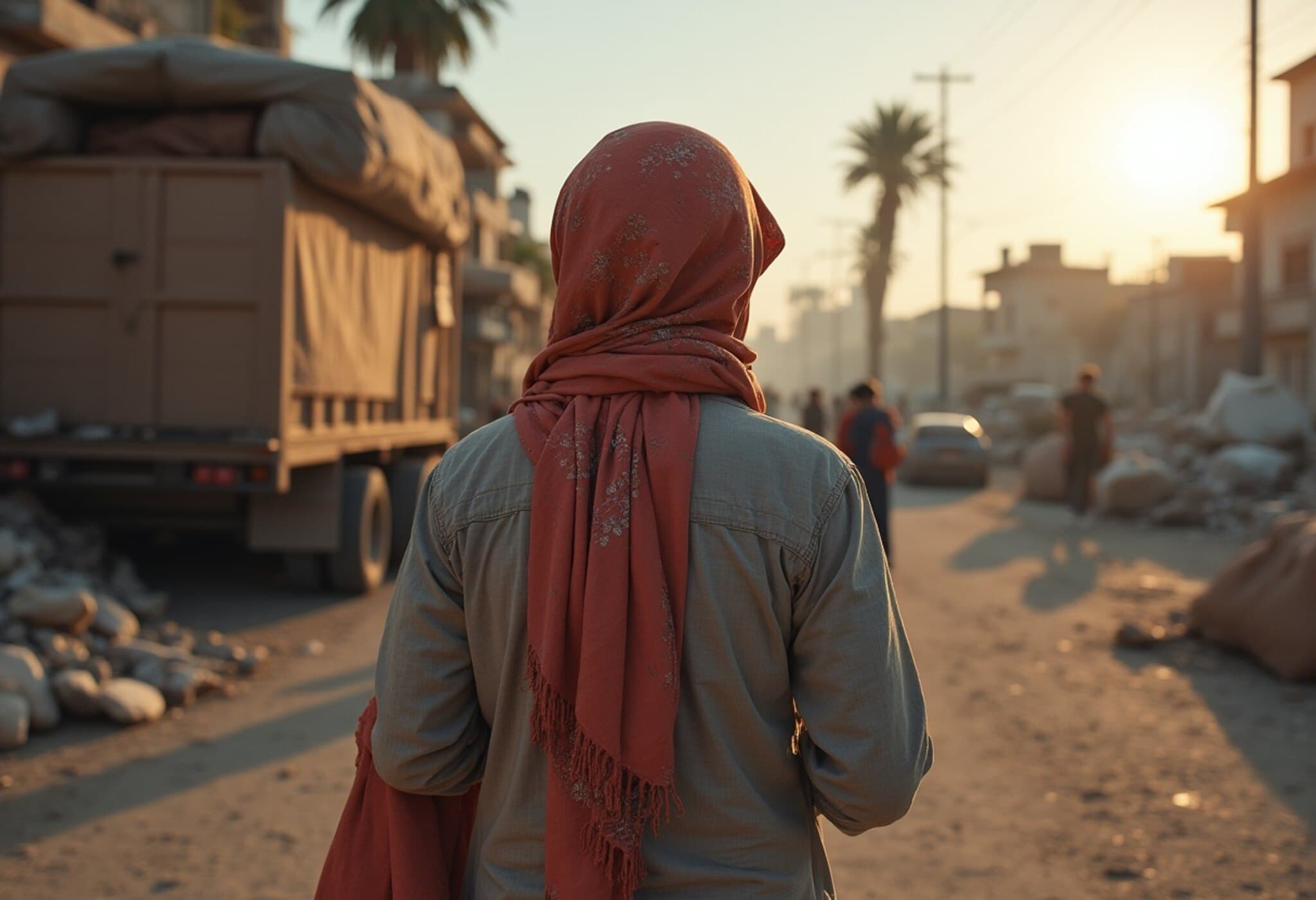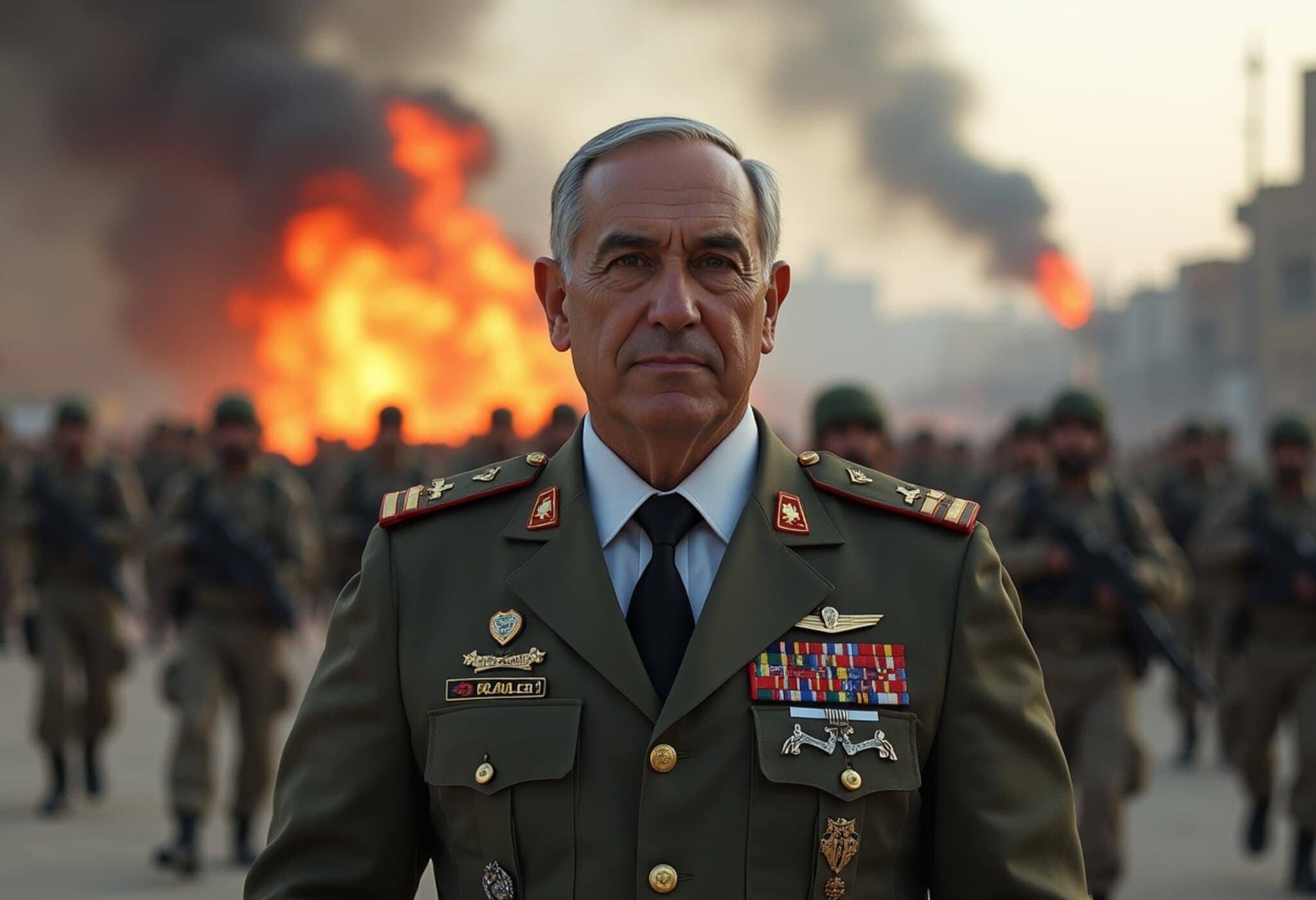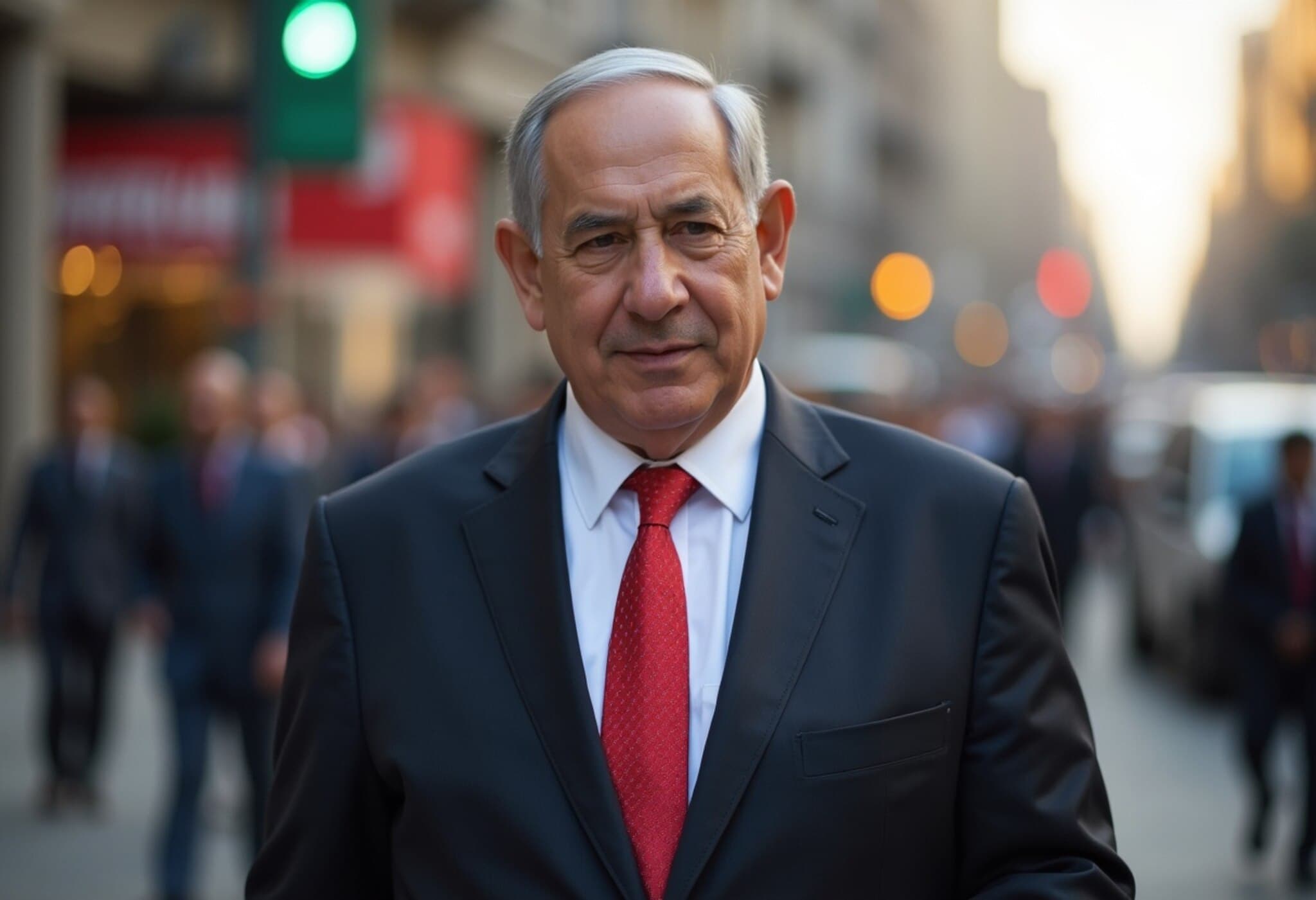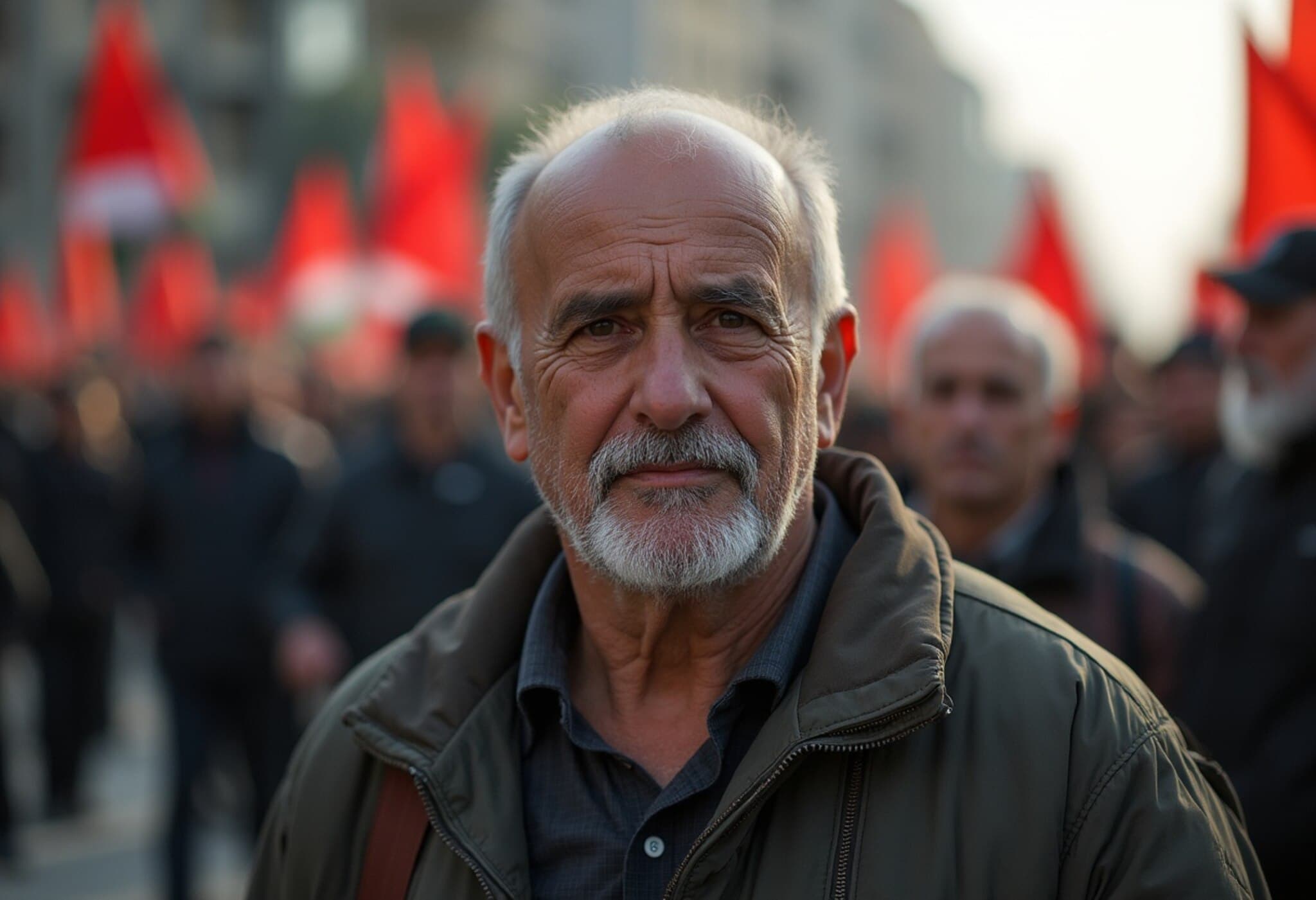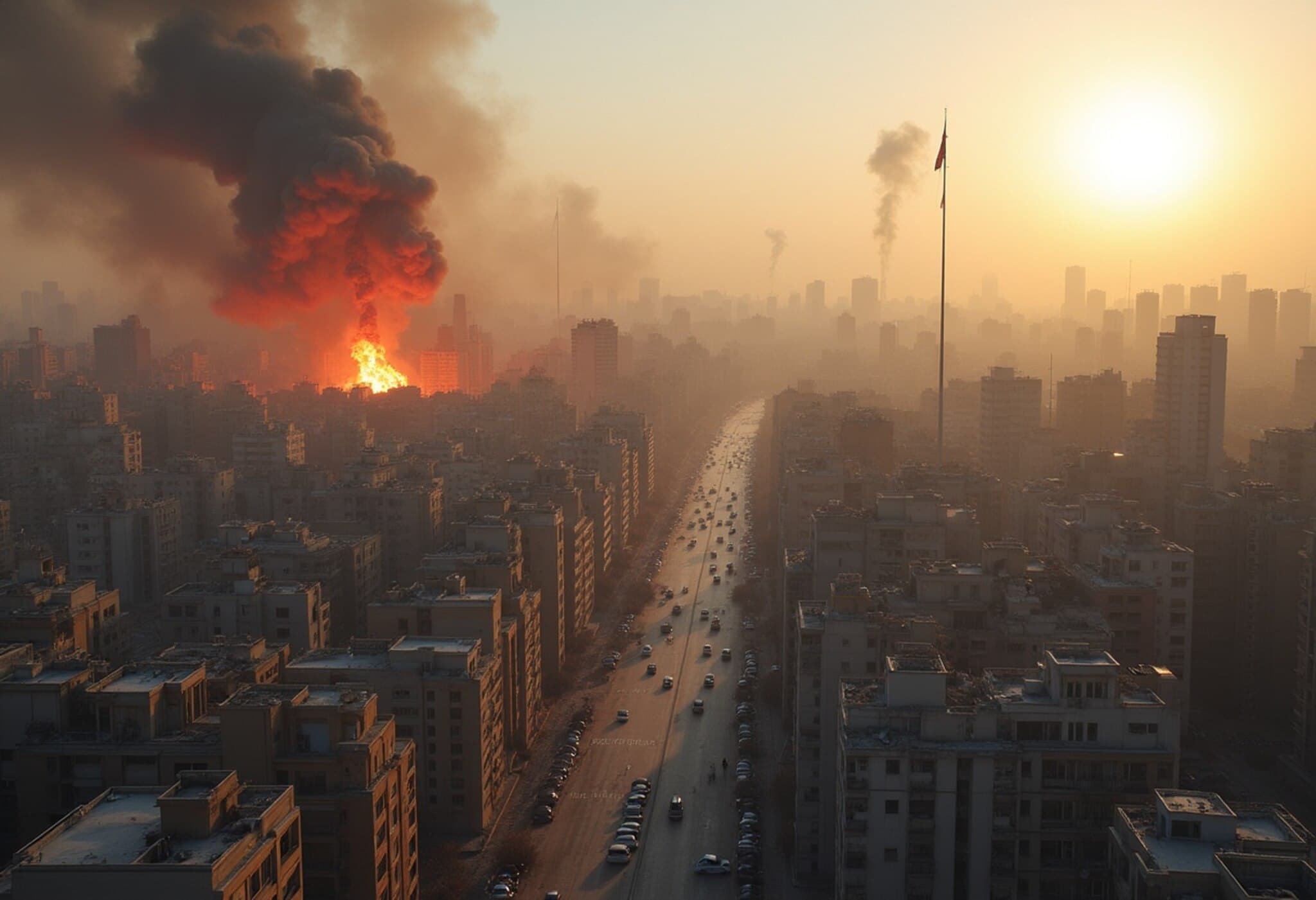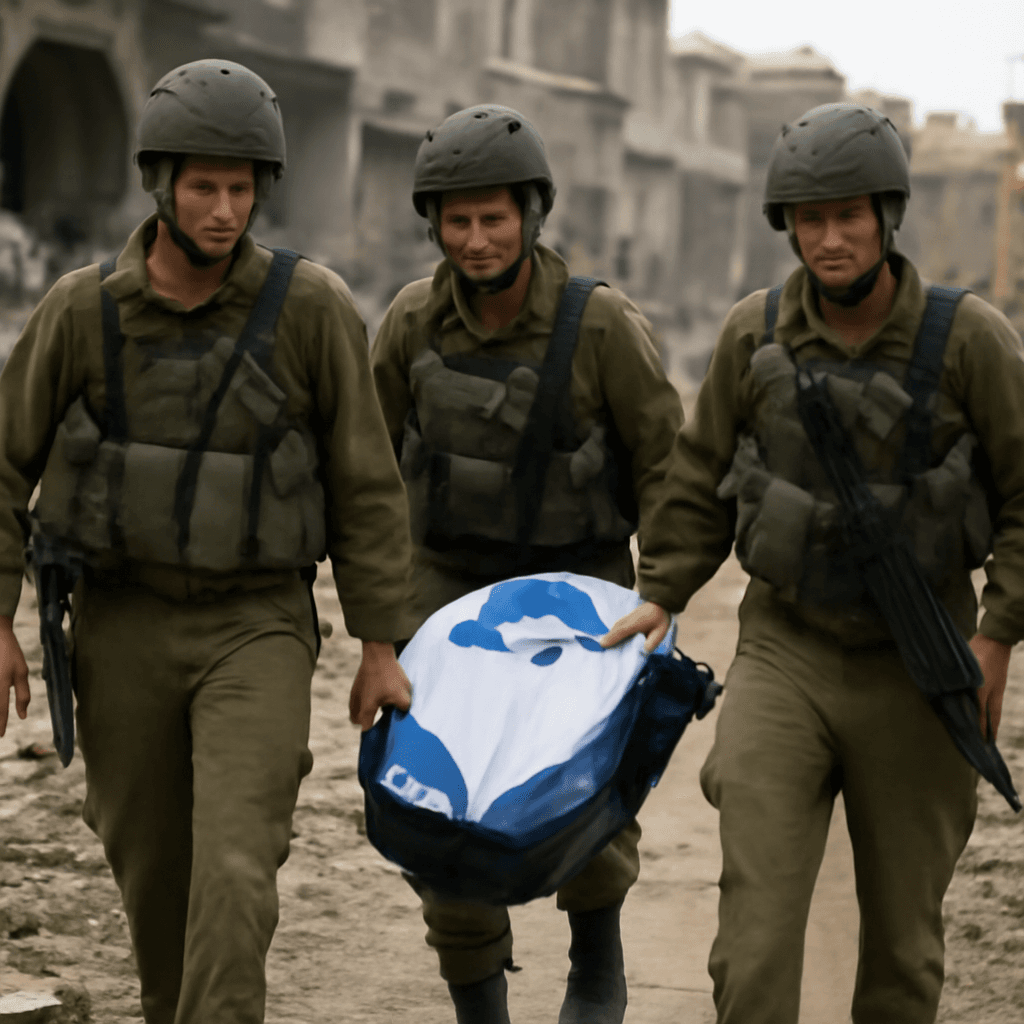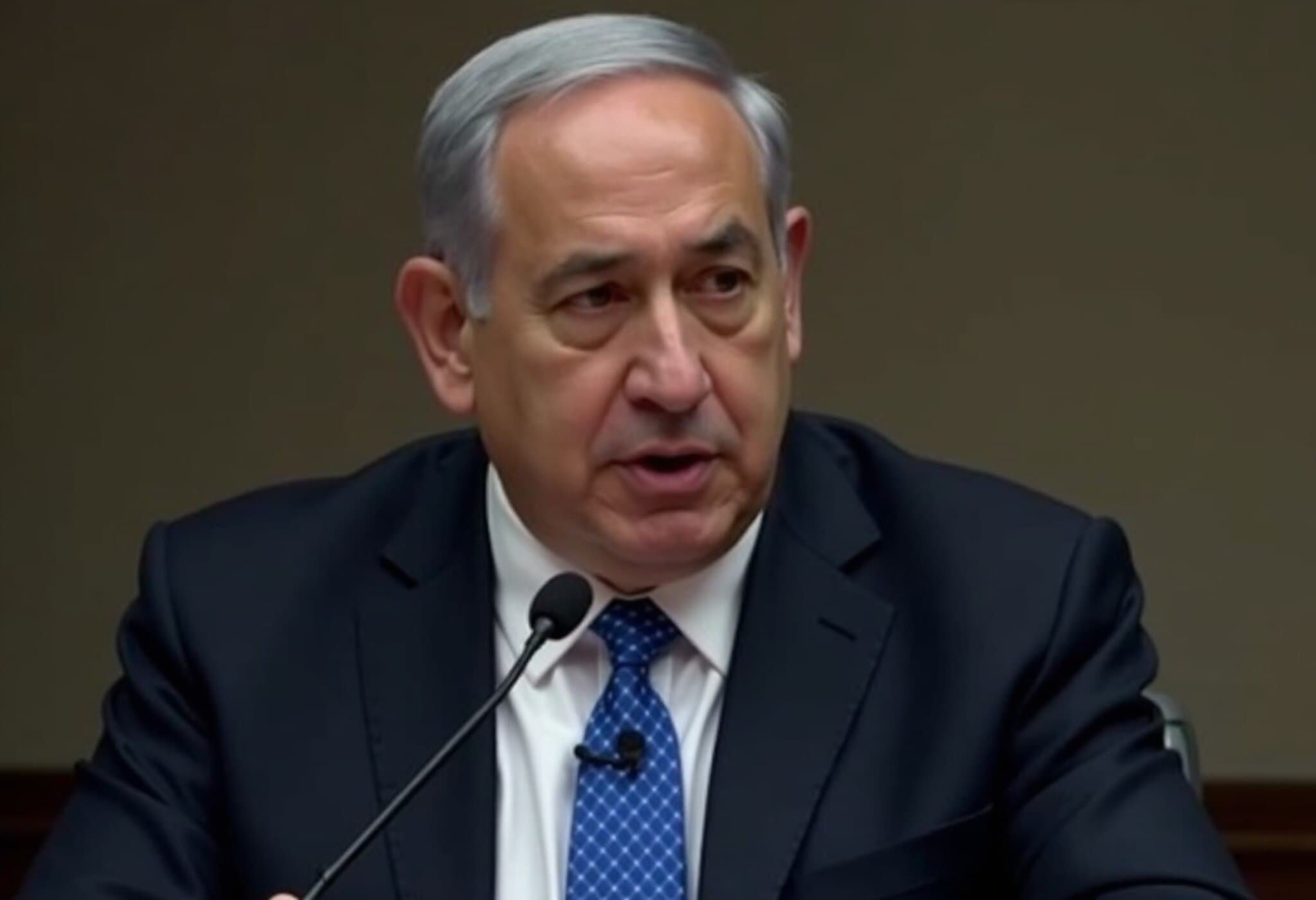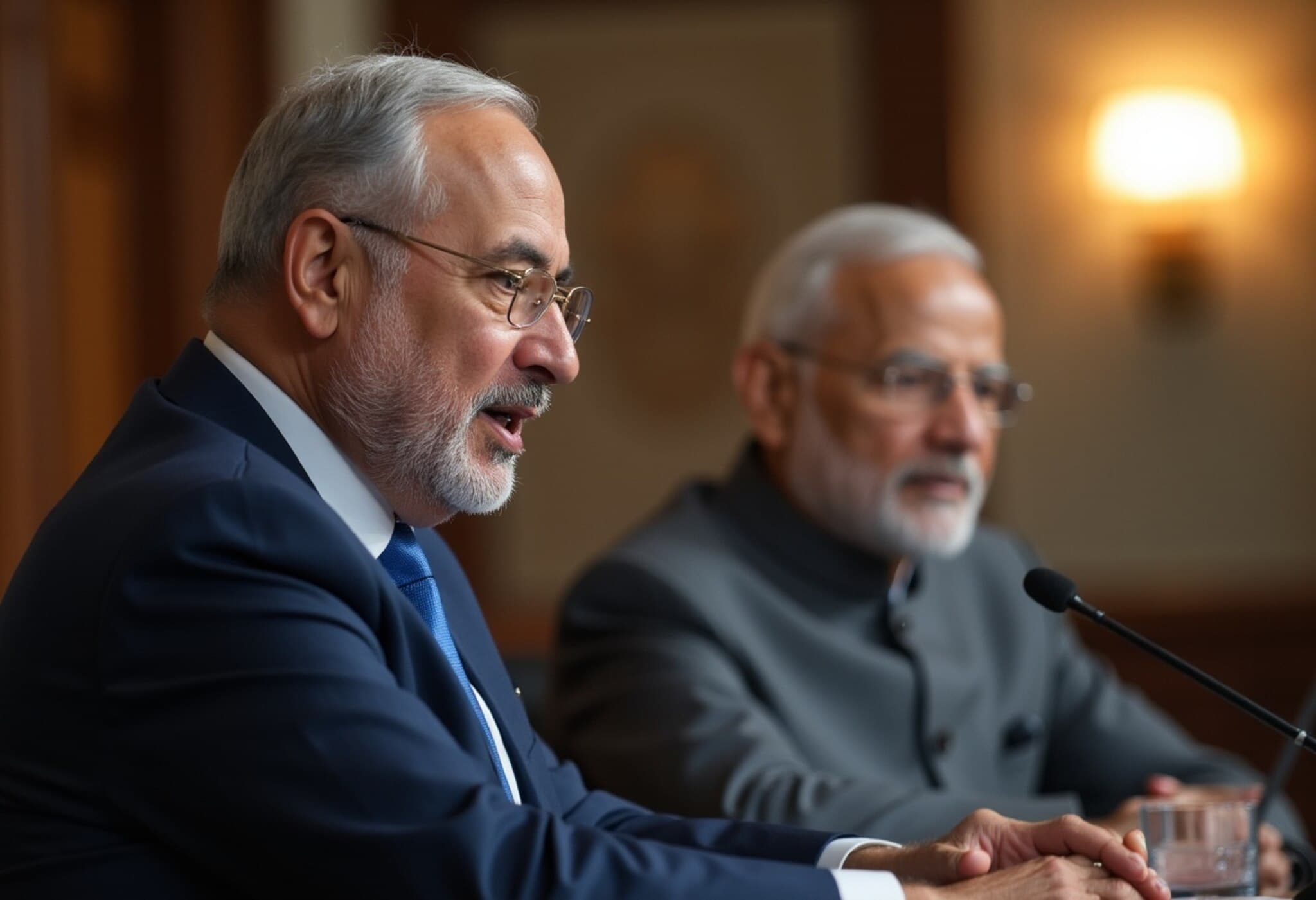Netanyahu Signals Potential Full Occupation of Gaza After Nearly Two Years of Conflict
In a stark development amidst one of the most protracted and devastating conflicts in recent Middle Eastern history, Israeli Prime Minister Benjamin Netanyahu is reportedly leaning towards an expanded military offensive aiming to seize control of the entire Gaza Strip. This marks a potential reversal of a two-decade-old policy that saw Israel withdraw settlers and military forces from Gaza in 2005, yet maintained control over its borders.
Context Behind the Shift
For nearly 22 months, Israel has engaged in an intense military campaign against Hamas, the Islamist militant group governing Gaza. The conflict erupted in October 2023 after a deadly Hamas attack crossing from Gaza killed over 1,200 Israelis and resulted in approximately 250 hostages being taken, according to Israeli sources.
This new inclination towards a full-scale occupation comes despite growing international demands for a ceasefire, as conditions within Gaza have deteriorated significantly. Palestinian health authorities estimate over 60,000 deaths in Gaza due to the Israeli military campaign, with massive displacement affecting almost all of the enclave’s 2 million residents. International organizations warn that Gaza faces a burgeoning famine, exacerbating the humanitarian crisis.
Political and Military Dimensions
- Right-wing Government Influence: Israel's current coalition is among its most right-leaning in history, incorporating factions that openly advocate annexing Gaza and the West Bank, and encouraging Palestinian migration away from their native lands.
- Military Reservations: Despite political pressure, the Israeli military has been cautious, concerned about the logistical and administrative challenges of a long-term occupation. Manpower shortages and the strains on reservists have added to these concerns.
- Failed Ceasefire Negotiations: Indirect talks mediated in Doha, which proposed a 60-day truce with aid deliveries and a prisoner exchange, collapsed last week. This failure has intensified debates within Israel about the next phase of the conflict.
The Human Cost and Ground Realities
On the ground, Israeli armored units advanced into central Gaza, hinting at preparations for a broader incursion. Palestinians in remaining unoccupied areas of Gaza describe any Israeli ground push as potentially catastrophic, likening it to a "death sentence" that would trap civilians with nowhere to flee.
In parallel, international actors including the U.S. are actively pursuing diplomatic avenues. U.S. Middle East envoy Steve Witkoff has been coordinating with Israeli officials on proposals seen as steps toward ending the conflict, yet Israeli leadership remains divided on whether to prioritize diplomatic solutions or military expansion.
Nuanced Perspectives from Both Sides
A Palestinian official involved in recent mediation efforts suggested that Israeli threats of occupation might be a strategy to pressure Hamas at the negotiating table. However, resistance groups in Gaza reportedly demand a complete end to hostilities and full Israeli withdrawal as non-negotiable starting points.
Meanwhile, incremental relief efforts have seen some humanitarian goods enter Gaza, including food items brought in for merchants, an attempt to ease prices and scarcity in the markets amidst dire shortages of essentials like children's milk and fresh produce.
Wider Implications and Regional Context
This possible pivot to full control of Gaza would have profound implications beyond the immediate conflict zone. It risks inflaming regional tensions, potentially destabilizing already fragile neighboring states and prompting international diplomatic crises. The question remains whether the international community, particularly European nations preparing to recognize Palestinian statehood in the absence of ceasefire progress, can influence Israel’s trajectory or whether military objectives will dominate policy.
The crisis underscores a broader challenge for international law, humanitarian norms, and conflict resolution in contested territories. The prospect of prolonged occupation raises complex legal and ethical questions, including governance responsibilities, civilian protection, and the future of Palestinian self-determination.
Editor’s Note
The unfolding developments in Gaza illuminate the complex intersection of military strategy, political ideology, and humanitarian crisis. Netanyahu’s potential move toward full occupation not only reverses a historic Israeli policy but thrusts the region into uncharted terrain fraught with risk. Readers should consider the human stories behind the headlines — the civilians trapped in shrinking safe zones and the delicate dance of diplomacy holding fragile hopes of peace. Critical questions remain: Can international actors effectively intervene? How will prolonged occupation reshape the Israeli-Palestinian landscape? And what path leads from conflict to sustainable resolution?

